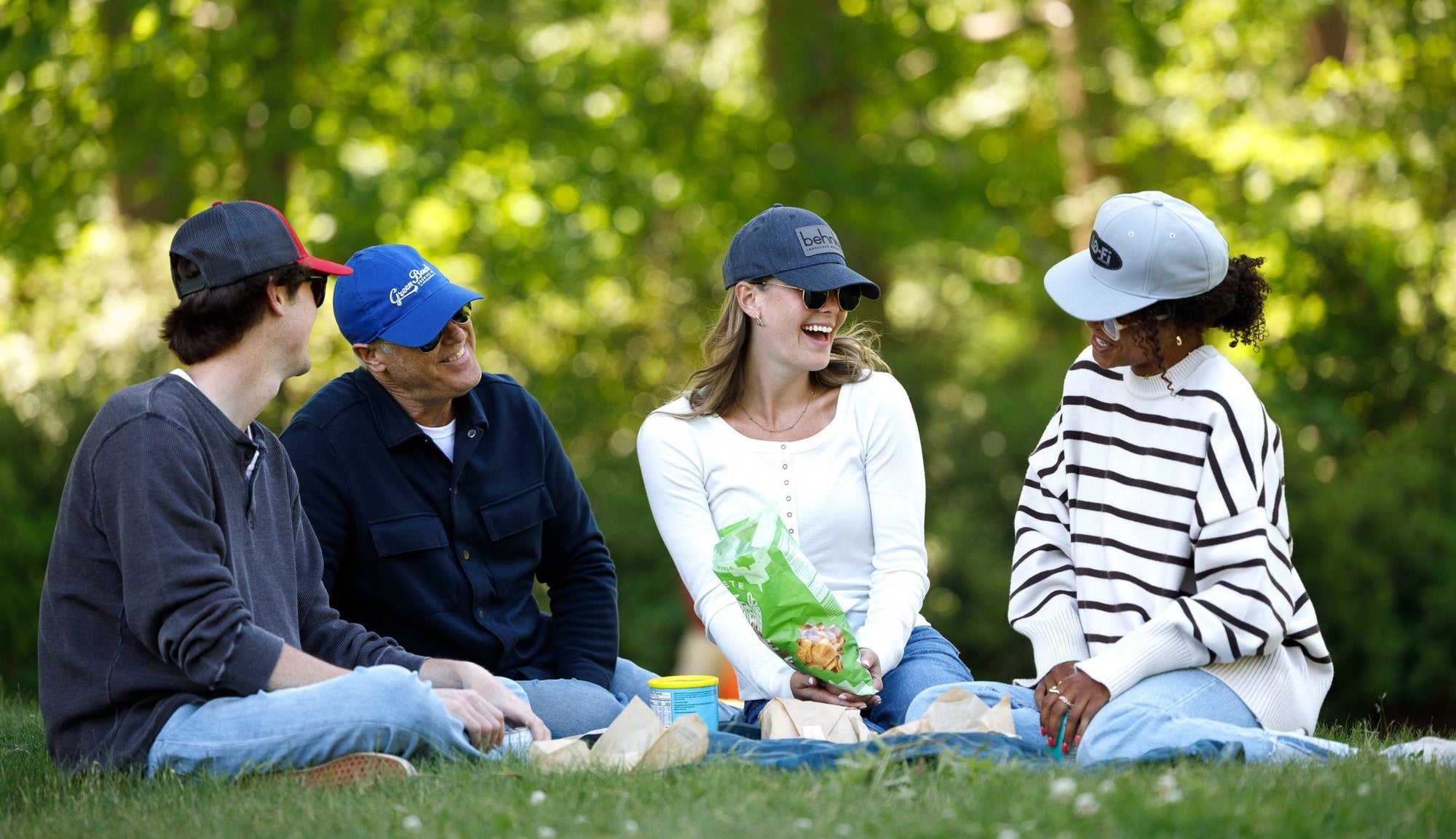By Diana Foxall
 Toni Desrosiers created Abeego more than a decade ago out of the desire to see food treated properly. At the time, she was a holistic nutritionist, and hated seeing food go to waste.
Toni Desrosiers created Abeego more than a decade ago out of the desire to see food treated properly. At the time, she was a holistic nutritionist, and hated seeing food go to waste.
“I was using all this beautiful, fresh, living food and I started to ask myself why we put it into an airtight food wrap that doesn’t necessarily support the life of the food, when all food is wrapped in a breathable skin, peel and rind,” Desrosiers said.
So she founded Abeego. Initially, it was just her and her husband, Colin -- but 11 years later, the company has blossomed into a team of 20 people.
“I started in 2008 with an idea that the general population considered about as foreign as anything you can imagine,” Desrosiers said. “So early days with Abeego, there was a ton of convincing and really, we had to walk our talk -- we had to do all the things to help people believe in what we were sharing because there wasn’t precedent before us.”
But over the years, customers became advocates for the Abeego brand, and it grew via word of mouth.
“And then as Abeego got a little bit older and more mature, the market shifted,” Desrosiers said. “What we saw was that the general public started to reject plastics and they started to be more concerned with food waste, and just generally opened up to the idea that there is a future in food wrap that doesn’t involve plastic.”
The company got even more exposure in 2016 when Desrosiers went on Dragons Den. She calls it “the ultimate Canadian commercial” -- and says it gave Abeego a big boost.
“I think the thing it did for Abeego more than anything is it gave us really solid credibility and it forced me to be really clear on what we were offering the market -- which was a food wrap that keeps food alive,” she said. “There was definitely a lot of sales as a result of it, more awareness about our brand and a ton of stores picked us up that hadn’t carried us in the past, so there was a lot of benefit.”
Over the years, Desrosiers has finessed her product and her process. In the beginning, there were 13 steps involved in making her famous beeswax wraps. Now, she’s refined it to just five. And as far as her creations, she doesn’t play favourites.
“I love them all. What I can say though is that I’ve never desired another size. I’ve never thought to myself ‘if only this was bigger, if only this was smaller, I could do this.’ I feel like I nailed it with those sizes and it wasn’t by fluke that I decided on those sizes,” she said. “In the early days of Abeego, I went to every single kitchen store, I measured every single dish and plate and bowl. I was in grocery stores with a measuring tape, measuring all the different foods, figuring out how I could wrap all these different foods. It was pretty intentional.”
And in addition to working to reduce food waste with her products, Desrosiers has made Abeego itself waste-free. When she started the brand back in 2008, she wanted to apply the concept of zero waste she’d come to know as a holistic nutritionist to her business. Now, Abeego sells Firestarters made of leftover beeswax wrap -- something Desrosiers said had been in the works since the company was created.
“I didn’t have ways to use my waste from day one but I saved it all -- and so I had a ton of it when we were ready to start using it,” she laughed. “But what was important for me was that the raw materials that I was taking from nature to create Abeego were valuable, and so I was always trying to find ways that I could give them their best possible life and make them as valuable as possible.”
And that all circles back to the premise of Abeego in the first place -- to prevent good food from being thrown out.
"The ultimate goal for Abeego is to basically put an end to food waste and help people understand how to truly keep their food alive so we’re not wasting an incredibly precious resource,” Desrosiers said. “So Abeego’s mission is to save all of the food. My mission is definitely to change the way people think about keeping food, and shifting our mindset from putting our living food in an airtight package, container, fridge, home... to putting it into a breathable package container.”



